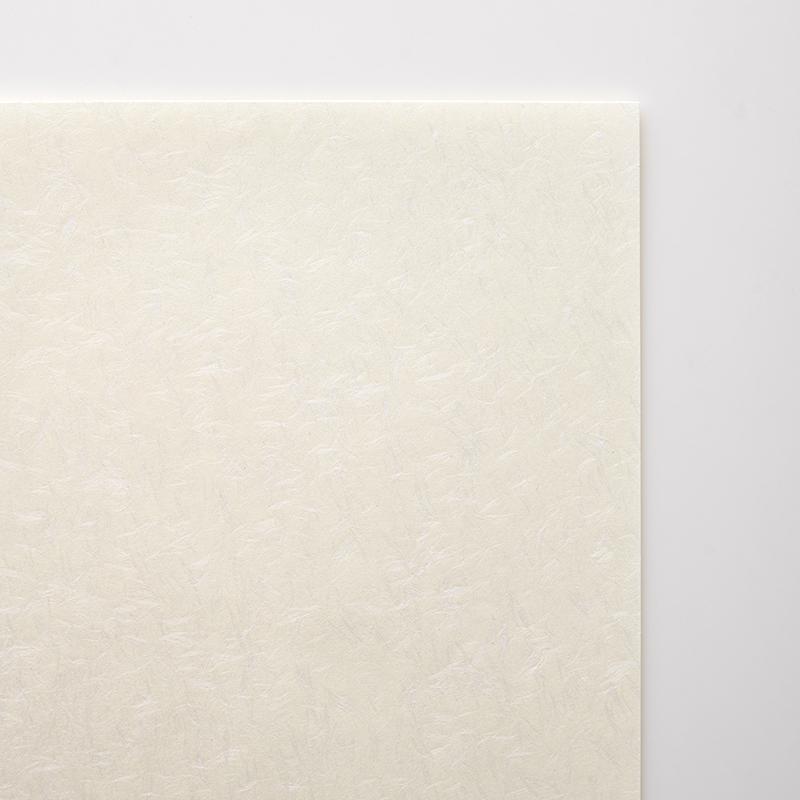Washi paper & an honest introspection on consumer psychology
Published:
One of my less graceful decisions in 2020 was at the height of the pandemic when I purchased a fifty-count package of white paper I needed for my impulse pet painting project at a whopping price of seventy-five dollars. To put this in perspective, a five-hundred pack of white paper currently sells on Amazon, Target and Bestbuy for under ten dollars total. The same package of Washi paper itself sells for under twenty on Amazon. As someone with a well-earned reputation for buying only what I need and for taking care to evaluate price on the basis of quality and value, this was out of step for me. But there I was exiting the store with a stupid grin on my face descending down the stairwell while performing a royal wave of goodbyes toward the store owner.
 Japanese Washi Paper
Japanese Washi Paper
It wasn’t until I got home and my partner picked up my receipt and looked up at me from the couch in pure astonishment that I realized an error had been made. I could not even give him an explanation when he asked me. Why did I not pay attention to the price? Was there a drug lurking in the air the shop impairing my thinking or a black whispering like that of Frodo’s ring luring me to open my wallet?
The feeling in the shop was pure pleasure. The style was inspiringly minimalistic and spaciously staged for slow pondering with every item, art and lampshade thoughtfully placed. It was there where I spotted a set of watercolors neatly packaged in a soft beige, woven box with Japanese lettering etched across the top.
This was my first time in any store after several weeks of lockdown due to Covid-19 and actually all non-essential shops were still closed. This one was quietly opening its doors to those who dared to quietly ask. I needed to call ahead to make an appointment. I felt lucky to even reach someone.
At this time, people were leaning into a myriad of new hobbies at home for fear of leaving the house and also that maybe this was the end. Forbes reported that in 2020, Etsy, the virtual marketplace for handmade items, more than doubled its revenues. I picked up the paint box and brought it to the shy store owner at the front excitedly taking out my wallet. Quickly realizing I had no paper, I asked if he had that as well, and he gestured toward a table.
There stood a single pack of paper, a fine white light shining over it like it were the legendary Koh-I-Noor diamond itself.
“We have hand-woven Washi.”
Never until this moment had I valued paper so highly. In this moment, all I wanted was this paper. Only handwoven paper for the princess who has never laid her finger on a paint brush in her life.
How can consumer psychology help us better understand the factors that drove up my valuation of paper, or lack of oversight, in this moment? It was an impulsive decision to buy watercolors, after all. The paper was secondary.
Retail Experience
The store felt like more of an art gallery than a store sans the snootiness. This favorably influenced my mood and stirred up inspiration.
Complementary good
It was a complementary good to watercolors which I already decided to purchase. If I went home without the paper, my loss would have included the watercolors even if I had still purchased them. Prospect theory terms, I would have felt a deeper pain from not being able to use my new paints than the pain of paying considerably more to have both the watercolors and paper.
Scarcity
Few stores were open during lockdown. Low supply due to covid lockdown restrictions may have pushed up my perception of actual price
Anchoring
Being told that the paper was “handwoven” gave the perception of high quality
Ambiguity
Lastly, I was in a different country and that may have imparted uncertainty with regard to price level expectations.
to be continued…
